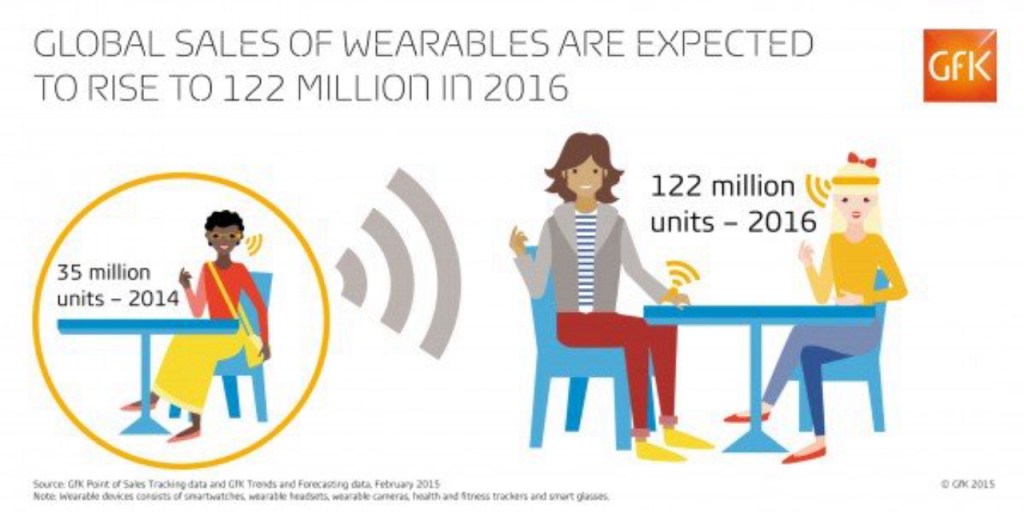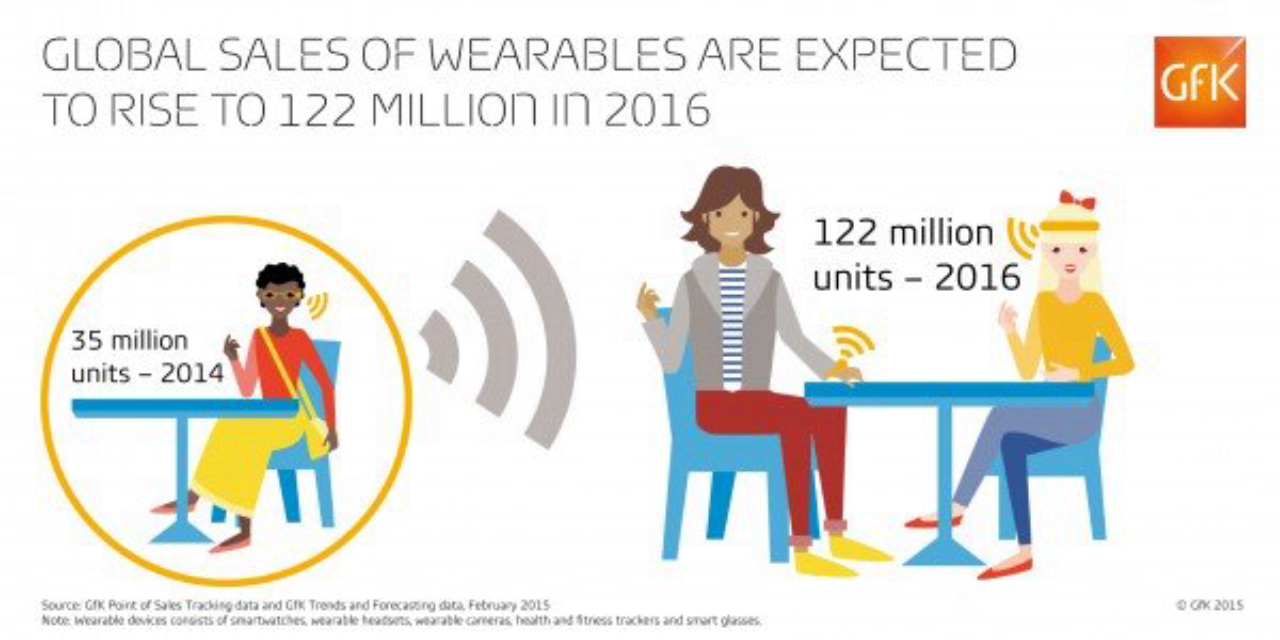As technology and social media disrupt the traditional marketplace, and the new traveler mixes business with pleasure, companies must adapt to survive and transform to thrive. We look at the challenges facing the industry and outline the seven key factors for success.
The rise of mobile technology and social media has turned the travel industry upside down. And as we move into the era of the connected consumer, the rules are about to change again. A customer can now research the family holiday on their smartphone, show their partner the shortlist of options on a tablet and book the holiday on a PC at work in their lunch hour. And the behavior of the corporate traveler is also far less predictable. So what must players in the travel industry do to survive in this fast-changing, highly connected and technology driven marketplace?
1. Understand customers’ needs and tailor services accordingly
Today’s traveler accesses information and services via mobile technology as never before. The travel companies that will succeed will offer compelling personalized products in an accessible way, taking service to the next level and rewarding customers with meaningful tailored rewards, not just with upgrades or discounts.
2. Embrace augmented reality opportunities
Augmented reality as a marketing platform reaches and engages customers in a new way. It is also a conduit for offering personalized services to travelers – for example, they could be sent an app that helps them to navigate a new city by recommending the best attractions, or that provides them with the best route out of an unfamiliar airport. New technologies provide new ways to connect with consumers, and the smart travel company of the future will make the most of these opportunities to make life easy for their customers and add value.
3. Engage with social media
Travelers are now “connected consumers” and they expect to interact via social media platforms across multiple devices. Social media is an opportunity to enhance relationships and connect with customers by creating a two-way dialogue. It is vital to have a social media strategy, to invest in content creation and management, and to ensure that both social media policy and protocol are adhered to.
4. Develop apps for new technology such as wearables
The global sales of wearable devices are expected to increase from 35 million in 2014 to 122 million in 2016. As wearable devices such as smartwatches become the norm, so increasingly customers will expect to engage with travel services using them.
5. Build stronger relationships with customers
Gaining loyalty is a greater challenge than ever before. However, there is an opportunity to create and build stronger relationships with price-focused customers by offering convenient, personalized services and add-on premium services. Social media is another route to customer engagement and to building loyalty with the consumer of the future.
6. Forge smart alliances and partnerships
The penetration of social media is rising and continues to rise worldwide. As new opportunities arise in growing markets, and customers expect a “seamless journey”, strong partnerships and strategic alliances could make the difference between success and failure.
7. Understand key market trends in order to grow market share
In the ever competitive marketplace, growing market share is essential to survival. Important trends and changes in customer behavior can be identified through the analysis of real-time big data across multiple platforms. The winners in the digital world will be those companies that gain these key insights and turn them into the best strategic decisions for their products and marketing mix.
Let us know what you think! Please email me to share your thoughts at laurens.van.den.oever@gfk.com.




